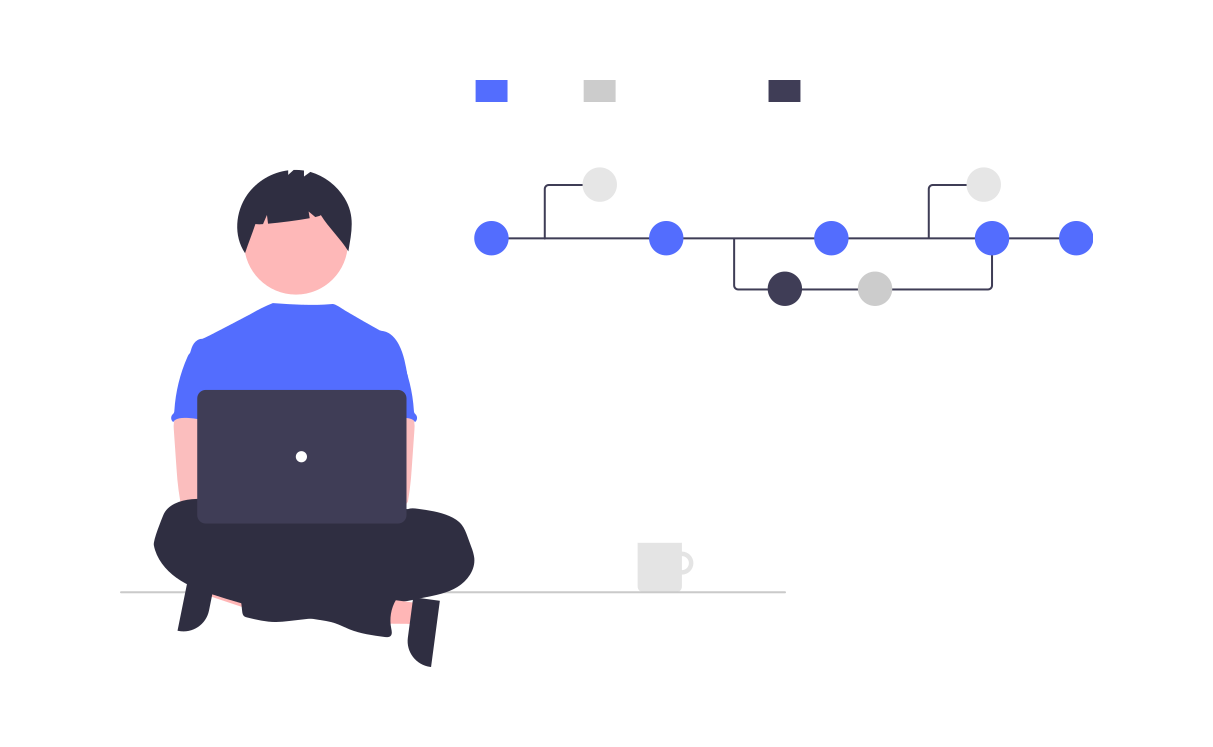Cloud Native Integrations with Dell Boomi

Introduction
In any reasonably sized organization, data is produced and consumed by a wide variety of applications - ERP, CRM, HR, Financial Management and many more. More often than not, these applications are from different vendors like SAP, Oracle, Microsoft and several others.
To run efficiently, businesses need these applications to communicate with each other. Integration platforms allow data exchange, automation and consolidation across applications. At a very high level, think of integration products as central nervous systems of the organization.
While integration platforms have been around for a while, the cloud native pattern has become an important consideration in the integration world as well. In this post we’ll look at why older integration platforms are being replaced by modern, cloud native integration platforms like Dell Boomi.
Why Modernize
As industries move their technology assets to the cloud, there is a need for flexible integration tools that can support integration processes across any combination of cloud and on-premises applications. All of which can be deployed securely in the cloud or behind a firewall.
The following are some of the issues with older integration platforms and reasons why they are slowly being retired.
Unable to support IT Modernization
Traditional integration tools were built for on-premise environments. Next generation technologies like Cloud, mobile, social, IoT, and big data created integrating requirements that older platforms could not address.
When an organization makes an attempt to modernize their architecture, traditional ESBs become a barrier because of their legacy methods of integration.
Time-Consuming Deployment and Maintenance of ESB
Compared to the modern integration software used for integration, legacy integration systems require several specialists to support the server, storage, and the networking requirements. In other words, tools like BizTalk require manual intervention to manage huge incoming of complex data and integrate multiple scaling requirements.
Expensive Modernization
BizTalk and other legacy ESBs are expensive to maintain across a global operation because in each additional site redundant staff and infrastructure resources are required. As mentioned earlier, each ESB requires an individual capital investment when it comes to managing hardware, software, storage and networking resources. The organizations end up spending a huge sum of money on paying in advance for hardware and software and for the licenses that are based on processing power.
Unable to Support Global Operations
One needs to deploy multiple and excess EBS instances to brace up global locations and meet local compliance, and security requirements. The demand doesn’t stop there but requires duplicate development, test environments, and tools. Integrating applications and systems through remote access tools can limit the ability of engineers to manage and operate ESBs from other geographical areas.
Dell Boomi
Boomi, by Dell is a multi-tenant cloud-based platform that was designed to be elastic and aims to integrate and connect applications and data that are available on Cloud, SaaS, or On-premise. The integration itself can be hosted on private or public cloud as required.
Boomi comes with 300+ pre-built connectors to reduce time from implementation to release. These connectors also make it a low-code development iPaaS. The platform is highly resilient with 99.7% claimed availability.
Modern iPaaS Platform
Boomi is a 100% cloud native, low code & multi-tenant architecture. It is capable of shifting, managing, and governing data across enterprises from a single platform. The ability to support and cope with all combinations of integration between cloud, SaaS & on-premise systems is the maximum that makes it the best approach when compared to the rest of the integration tools.
Low Opex & TCO
Boomi thoroughly eliminates the need for any on-premise infrastructure since it can integrate applications across servers and locations. Since multiple entities share the same instance it results in cutting down the cost spent on administration and infrastructure. Thereby Boomi puts an end to the need to create and maintain multiple instances.
Scalability
By implementing Boomi, horizontal scaling is made simple and cost effective. Also, vertical scaling is made swift with no code changes but limited to size of the server. The functionality can be adjusted based on the needs of business like flexible deployments.
Connecting Emerging Technologies
The reason why iPaaS is the best approach for IoT based integrations is its capability for high horizontal scalability to accommodate large volume of connected devices, presence of lightweight connectivity, and high performance with low latency.
Analytics & Diagnostics
Cloud-based external modules allow for Application monitoring, diagnostics and troubleshooting. It provides a dashboard view to monitor and manage data, integration and analytics.
Conclusion
In this post we saw an introduction of integration tools and how the modern cloud-native iPaaS platform like Boomi has slowly become the integration platform of choice for all sorts of use cases. In the next post on this topic, we'll take a look at Boomi use cases and best practices from our experience.
Link to next post: https://cloudnatively.com/dell-boomi-use-cases-best-practices/

